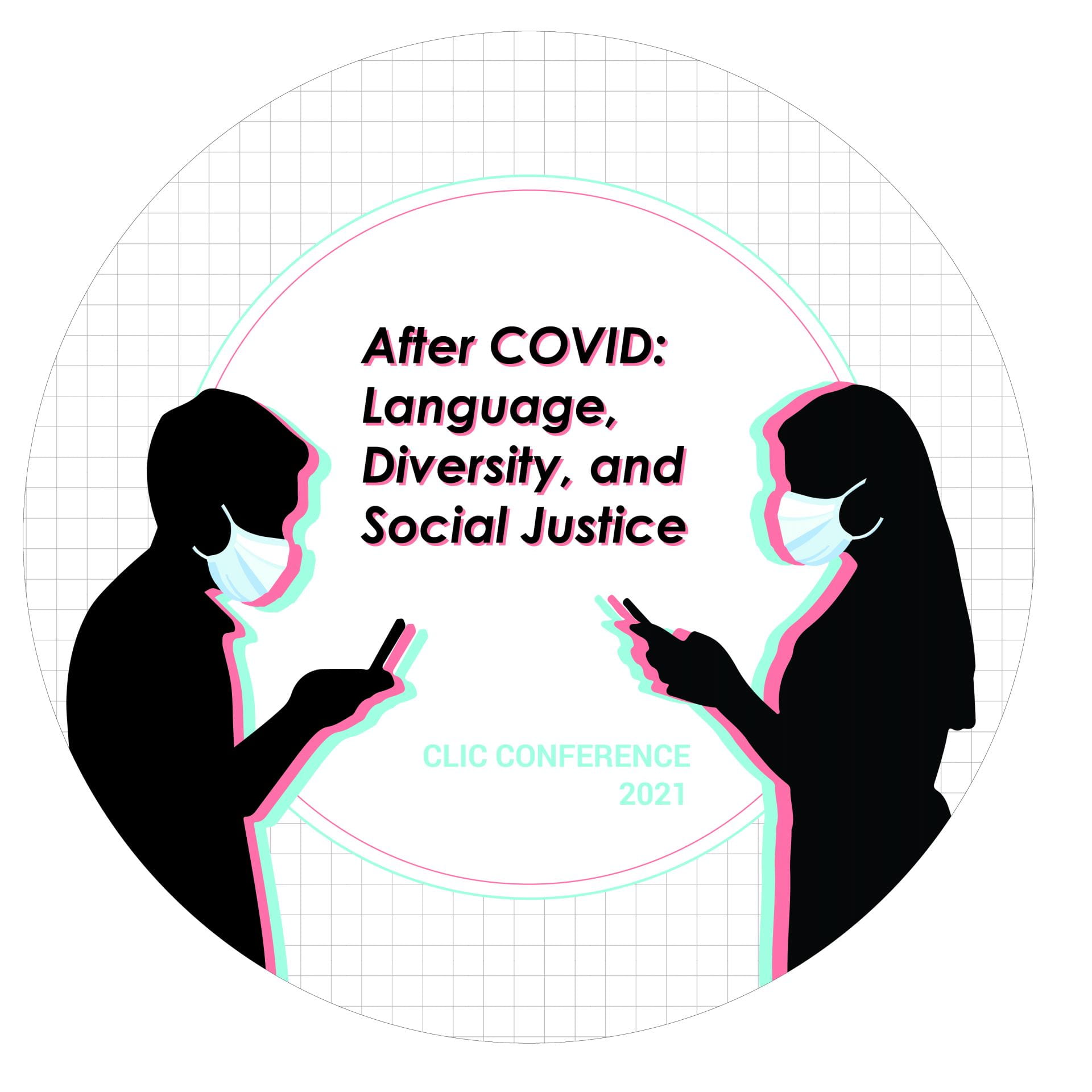Talking about Racial Injustice through Simulations in the International Composition
Eunhye Kim Hess, Svetlana Koltovskaia, and Amy Ives Takebe, Oklahoma State University
This study presents semester-long simulations as a pedagogical approach to help students talk across differences in a safe learning environment and gain a deeper understanding of the history behind issues strongly linked to the current rhetoric of racial injustice in America. Scholars have recognized the challenge of bringing social issues into the classroom for many years (Sealey-Ruiz, 2013; Tanaka & Gililand, 2017). For example, the controversial topics of race or racism have been avoided in first-year composition courses due to students feeling uncomfortable, defensive, and belligerent (Sealey-Ruiz, 2013). This is even more challenging for international students who may lack understanding of the complex socio-political situations in the U.S. (Guerrettaz & Zahler, 2017).
We argue that simulations particularly are well-positioned to create space for international students to explore controversial issues to support their understanding of those issues in their new learning environment. Simulations bring real-life scenarios to the learning environment in which students have the opportunity to research, present, discuss multiple views, and reflect on the topic before they compose an essay (Codita, 2016).
The current study presents students’ and teachers’ experiences of two thematically-linked simulations on racial injustice that were incorporated into a semester-long International Composition curriculum. The course was delivered online because of the COVID-19 pandemic. The two topics of the simulations were celebrating Columbus Day vs. Indigenous Peoples’ Day and the reparations for the 1921 Tulsa Race Massacre. We selected these topics in light of the recent nationwide social justice movements (e.g., Black Lives Matter), and they are also deeply tied to the local context. Data were collected by means of video-recording of students’ performed simulations, students’ written assignments (e.g., essays and reflection journals), and semi-structured interviews with instructors. The students’ and teachers’ responses were analyzed inductively. Initial codes emerged from the original data. Then, codes were combined by related codes and further refined.
Findings revealed that the simulations provided a safe environment to approach the issue of race and racism from a variety of angles. Also, the simulations facilitated critical thinking and raised students’ awareness of the importance of considering multiple aspects of a controversial issue, which also helped them construct a well-supported argument. As for the teachers’ experiences, they found the simulations to be useful. The teachers indicated that the goal-oriented and role-playing nature of the simulations helped students to be more engaged with the topic. As the theme and topics were relevant to the timely issues in the U.S., simulations not only helped students construct knowledge about the topics but also made the writing task meaningful and rewarding. However, because the course was delivered online, the teachers reported challenges such as student collaborations, technical issues, and the lack of hands-on experience. This study sheds light on how to carefully design simulations on race-related issues and provides implications for using simulations in language classrooms delivered in both traditional and online environments.
References
Codita, A. M. (2016). Integrating an immigration law simulation into EAP courses: Instructors’ and students’ perceptions. Simulation & Gaming, 47(5), 684-700.
Corbin J., & Strauss A. (2008). Basics of qualitative research. Techniques and procedures for developing grounded theory. Thousand Oaks, CA: Sage Publications.
Guerrettaz, A. M., & Zahler, T. (2017). Black lives matter in TESOL: De‐silencing race in a second language academic literacy course. TESOL QUARTERLY, 51(1), 193-207.
Sealey-Ruiz, Y. (2013). Building racial literacy in first-year composition. Teaching English in the Two Year College, 40(4), 384-398.
Tanaka, J., & Gilliland, B. (2017). Critical thinking instruction in English for academic purposes writing courses: A dialectical thinking approach. TESOL Journal, 8(3), 657-674.

